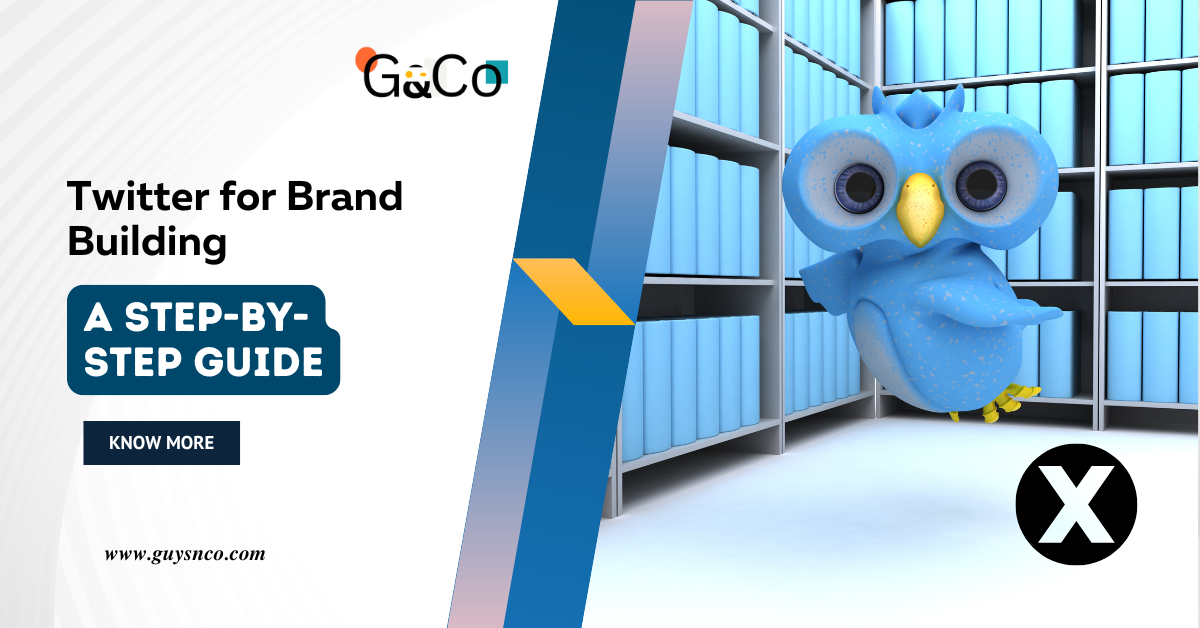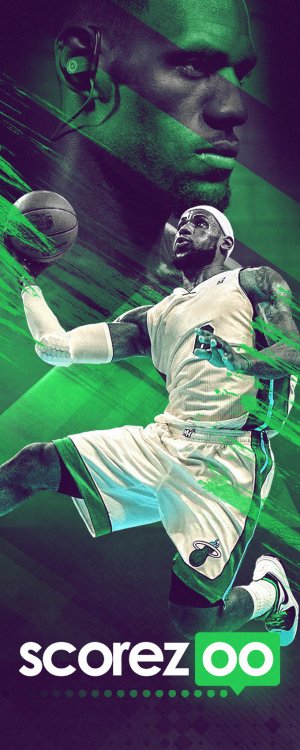Twitter for Brand Building: A Step-by-Step Guide
- 239 Views
- Phani Kelam
- February 22, 2022
- Blog
Twitter (X)
Twitter (now known as X) is a powerful tool for brand building, offering real-time engagement, audience insights, and marketing analytics.
Whether you’re a beginner or a professional, leveraging Twitter effectively can boost brand awareness, improve customer engagement, and drive traffic to your business.
In this guide, we will explore platform-specific strategies to help you create a strong brand presence on Twitter.
1. Set Up a Professional Twitter Profile
Before diving into marketing strategies, ensure your Twitter profile is fully optimized:
- Choose a recognizable handle (Preferably your brand name). A simple, unique handle helps users find and remember your brand easily.
- Use a high-quality profile picture (Your logo or a professional image). A clear and visually appealing profile image adds credibility to your brand.
- Craft a compelling bio with relevant keywords and a call-to-action. Your bio should summarize what your brand stands for and entice users to follow you.
- Just the main thing is to add a link to your website to drive traffic. This serves as a direct gateway for potential customers to explore your offerings.
- Use a branded header image that reflects your brand identity. The header should visually communicate your brand’s message or showcase key products/services.
A well-optimized profile builds trust and credibility, making it easier to attract followers. First impressions matter, and a strong profile sets the foundation for your Twitter brand building strategy.
2. Define Your Twitter Brand Building Voice and Tone
Your Twitter content should reflect your brand personality. Decide if your tone will be formal, casual, humorous, or authoritative. Your tone should align with your target audience’s expectations and preferences.
A consistent voice helps in better brand recall and strengthens audience relationships. If your brand is fun and playful, consider using emojis and humor. If you are targeting professionals, keep your language polished and informative.
Your brand voice should remain uniform across all tweets, responses, and interactions. This consistency ensures that your followers develop familiarity and trust with your brand.
3. Research Your Audience and Competitors for Twitter Brand Building
To build a strong Twitter brand, you must understand your audience and analyze competitors:
- Use Twitter Analytics to gain insights into audience demographics, interests, and engagement. This helps tailor your content to what your audience prefers.
- Conduct competitor analysis by studying successful brands in your niche. Observe what works for them, and identify gaps where your brand can stand out.
- Identify trending hashtags and content formats that perform well. Analyzing trends allows you to stay relevant and boost engagement.
- Monitor audience sentiment by checking replies, retweets, and brand mentions. Understanding how your audience perceives your brand helps you improve your approach.
This research helps in crafting a targeted content strategy that resonates with your audience and keeps you ahead of competitors.
4. Develop a Content Strategy with Twitter Brand Building
Posting high-quality, engaging content is key to brand success on Twitter. Here’s how:
- Share valuable content (insights, industry news, tips, and trends). Providing useful information positions your brand as an industry leader.
- Use images, GIFs, and videos to increase engagement. Visual content performs better than plain text, grabbing attention quickly.
- Post Twitter threads for in-depth storytelling. Threads allow you to break down complex topics into digestible tweets.
- Utilize polls and questions to encourage interaction. People love sharing opinions, and this increases engagement.
- Leverage user-generated content to build community trust. Featuring content from followers enhances brand credibility.
- Stay active and engage with comments and retweets. Responding to interactions humanizes your brand and keeps conversations going with twitter brand building strategy.
A well-planned content strategy ensures consistent visibility, higher engagement, and a loyal community around your brand.
5. Leverage Twitter Ads for Brand Awareness
Twitter Ads can help brands reach a wider audience and drive traffic. Consider:
- Promoted Tweets to boost content reach. These appear in users’ feeds and generate engagement.
- Follower Ads to gain more followers. This is great for increasing your brand’s reach over time.
- Engagement Ads to drive likes, comments, and shares. More interactions lead to higher visibility.
- Website Clicks Ads to increase traffic. If you have a product or service, directing users to your website boosts conversions.
Investing in Twitter Ads can accelerate brand growth, improve brand awareness, and enhance audience engagement significantly.
6. Use Hashtags and Trends Strategically for Twitter Brand Building
Hashtags improve content discoverability and help in reaching the right audience. Best practices:
- Use 2-3 relevant hashtags per tweet. Too many hashtags can reduce engagement.
- Participate in trending topics to gain visibility. Timely participation in trends makes your brand relevant.
- Create a branded hashtag for your campaigns. This fosters a community and improves brand recall.
- Research hashtag performance to optimize reach. Some hashtags drive more engagement than others.
Hashtags increase engagement and help categorize your content for a broader audience, making your tweets more discoverable.
7. Monitor Performance with Twitter Analytics
Tracking your brand’s performance is crucial for continuous improvement. Use Twitter Analytics to:
- Measure engagement rate, impressions, and reach. Understanding these metrics helps refine your content strategy.
- Identify your best-performing tweets. Learning from top tweets can guide future content.
- Analyze follower growth and demographics. This ensures your content aligns with your target audience.
- Check referral traffic from Twitter to your website. This helps evaluate Twitter brand building effectiveness in driving leads.
Regularly reviewing analytics ensures data-driven marketing decisions for better results and improved audience engagement.
8. Engage and Build a Community
Engagement is key to long-term brand success on Twitter. Be proactive by:
- Replying to comments and mentions. Acknowledging followers fosters relationships.
- Retweeting relevant content. Sharing valuable posts from others builds industry credibility.
- Participating in Twitter Spaces and chats. Live interactions boost real-time engagement.
- Collaborating with influencers. As the influencer partnerships will expand your reach and also the credibility.
Consistently engaging with your audience builds brand loyalty, trust, and a strong community around your brand.
9. Implement Twitter Lists for Better Organization
Twitter Lists help categorize accounts based on relevance:
- Create lists for competitors, industry leaders, and loyal customers. Organizing these groups makes it easier to monitor interactions.
- Use lists to track conversations and trends efficiently. This helps in content curation and timely engagement.
Lists improve content organization, making it easier to manage interactions and stay informed.
10. Stay Updated with Platform Changes
Twitter (X) frequently updates its features and algorithms. Stay informed about new tools, trends, and algorithm changes to adapt your strategy accordingly. Following official Twitter accounts and industry blogs helps you stay ahead.
Conclusion
Building a strong brand on Twitter requires consistent efforts, audience engagement, and strategic content planning. By optimizing your profile, using analytics, engaging with followers, and leveraging Twitter Ads, you can establish a powerful brand presence on the platform.
FAQs
Q. How often should I post on Twitter for brand growth?
A. It’s recommended to post 3-5 times per day, ensuring a mix of valuable content, engagement, and promotions.
Q. Can Twitter help with market research?
A. Yes! Twitter allows brands to track competitor strategies, monitor audience trends, and conduct polls to gather insights.
Q. What type of content performs best on Twitter?
A. Visual content (images, videos, and GIFs), Twitter threads, polls, and engaging questions tend to perform exceptionally well.
Q. How can I increase engagement on Twitter?
A. Engage consistently by responding to comments, using polls, leveraging hashtags, and joining Twitter Spaces or chats.
Q. Is Twitter Ads worth investing in for small businesses?
A. Yes! Twitter Ads can increase brand visibility, drive traffic, and improve engagement, making them a great investment for small businesses.
Q. How can I measure my Twitter success?
A. Use Twitter Analytics to track engagement rate, follower growth, impressions, and best-performing tweets to refine your strategy.




















